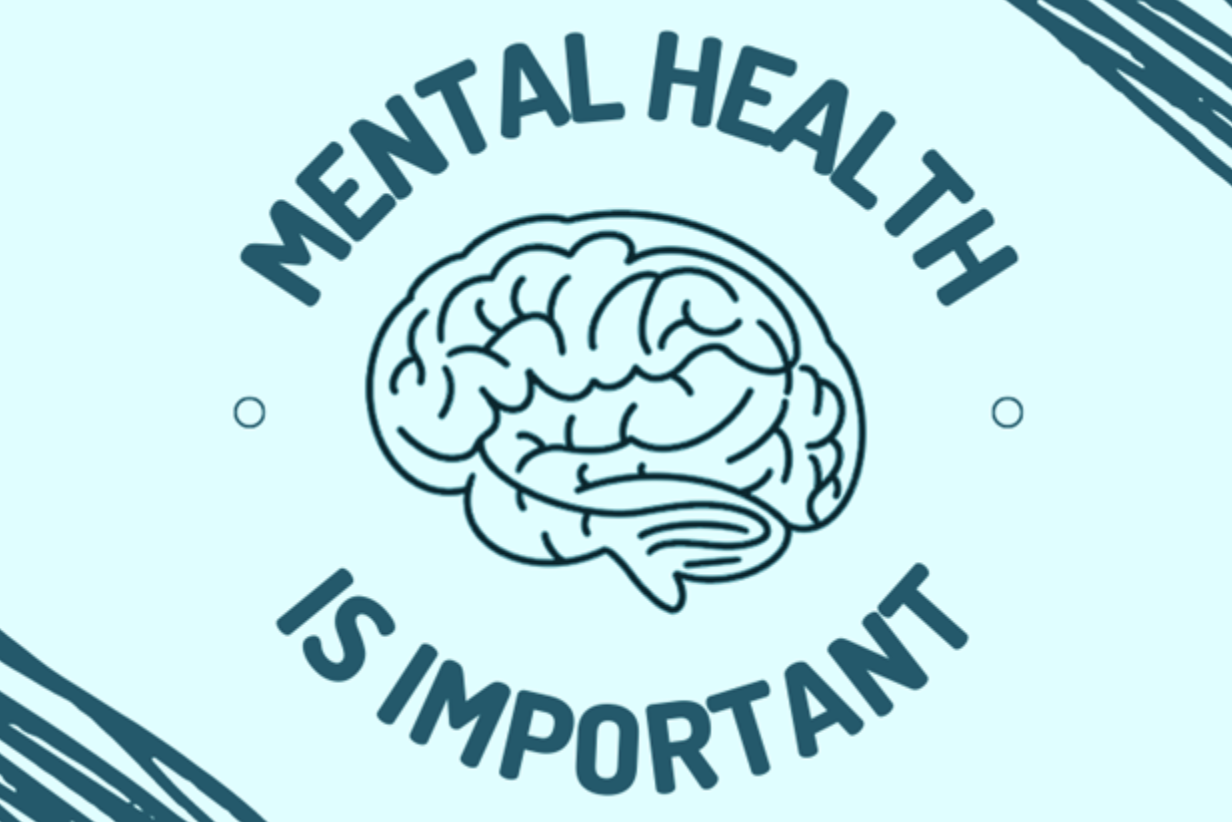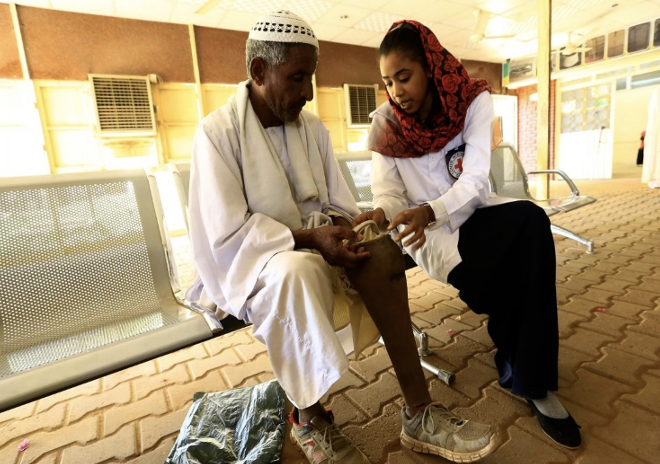By: Angie Murthy
Disclaimer: To me, this post affords me a space for reflection, to make readable the half-thoughts that swarmed me during my screening visit for a disclosed egg donation, giving words to the dissonance I felt and do feel between my roles as ally and donor. It is not my way of offering my stance for or against anything.
In the waiting room of a reproductive wellness clinic, my first thought was “wow, these clinics are really as nice-with-a-touch-of-futuristic as people say!” Struggling to calm my own nerves, I started to notice my company. At the front desk sat two busy receptionists, one with her ear to a phone, the other interacting with a beaming couple. Across from me, a pair of people rummaged through forms. Their body language made me think they’d been here before but were still not much more comfortable here than I was.
I was at my first, much-anticipated, screening visit to start the process of donating my eggs. The journey to get here had taken months: it started with a targeted Instagram ad and involved submitting a comprehensive profile to a company that seemed like something from my dreams. It is women-founded, with the express goal of granting more autonomy to donors like me— half of the eggs retrieved are frozen free for future use by donors— and the humans born from the exchange. They are leading a movement toward ‘disclosed’ donations, in which donors can meet the intended parents, weigh in on to whom we’d want to donate, and even legally keep open a channel of communication between the intended parents, their child, and me. I was stoked.
My initial excitement grew into immense gratitude when I met the intended parents who chose me. We laughed about our mutual nerves surrounding the meeting, shared the stories from our past that built us and visions for our future. I am deeply honored to have the chance to contribute to the actualization of their future, and that through them I am gifted security in the range of possibilities of mine.
At the screening visit, agreeing to certain stipulations of donation — from what substances I am permitted to introduce into my body to the forms of intimacy I am to avoid until after retrieval — became easier when I paused and thought of how, on my current path to becoming a physician, I have many times already made ‘sacrifices’ for individuals more unknown to me than the two strangers who’d invited me into their story.
My internal grappling began when the conversation turned to genetic screening. In line with the current guidelines set forth by the American Society for Reproductive Medicine, I was to undergo genetic carrier screening that would investigate if I was the carrier for certain genetic conditions, including sickle cell anemia and cystic fibrosis. If the carrier screen is negative, then we would proceed. Around 5 days after the embryos are made, there would be a second round of screening that assessed for chromosomal differences like Down’s Syndrome.
That’s all of the information I was given directly from my clinic team, but as a medical student who had just spent the past 3 months studying for a major board exam, my mind immediately began to list the possible conditions that they could identify on a blood screen.
As someone who is passionate about building a world that integrates and empowers Disabled people, I started to wonder: who are the people I know, care about, work with who live with a condition that would mark an egg or embryo as ‘ineligible’? What does the fact that this screening is an expected, almost universal part of the IVF process reveal about how we as a society value Disabled lives now? How we imagine disability as a component of our future? Is this a means of attempting to control an inevitably uncertain future, and if so, to protect what? To prevent whom?
I am not the first person to observe, speak on, and bear questions from the dissonance between reproductive technologies and disability.1-7 This is also not the first time I’ve challenged the preservation of a universal “normal” in clinical practice.8 I am still figuring how this dissonance will sit in my future clinical practice as an OB/GYN, when people along the spectrum of their parenting journeys are confiding in me about their fears and goals and entrusting me to help navigate them.
This opportunity has brought me closer than ever to being a willing agent in this process, both as a patient and as a future physician. To be honest, I’m not sure how to feel about it.
Things I am sure about: I remain fiercely protective of a pregnant person’s right to autonomy in every step of their pregnancy. I am in full support of the understanding that disability is a natural component of human variation, that society must urgently embrace that understanding and build communities that reflect it. I’m not ready to give up on the embrace of multiple normals. I am prepared to listen and support each person before me.
To be (evermore) continued…


















